Christmas Storm Underlines Caribbean’s Vulnerability
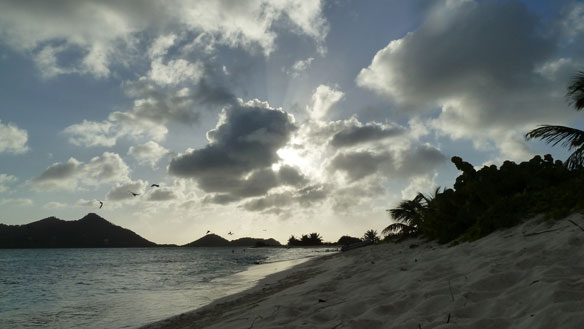
The death and destruction caused by a slow-moving, low-level trough bringing intense rainfall in three Caribbean Community (CARICOM) countries over the Christmas holidays, is a sign that the region has no time to lose in fortifying its resiliance to climate change.
Polar Vortex in U.S. May be Example of Global Warming
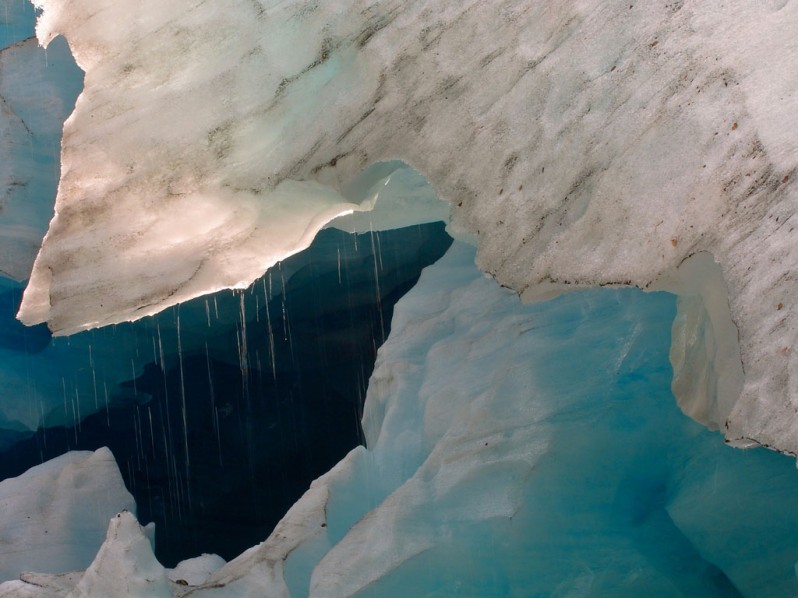
Scientists said the deep freeze gripping the U.S. does not indicate a halt or reversal in global warming trends, either. In fact, it may be a counterintuitive example of global warming in action…
Florida’s Mangrove Forests Expand with Climate Change
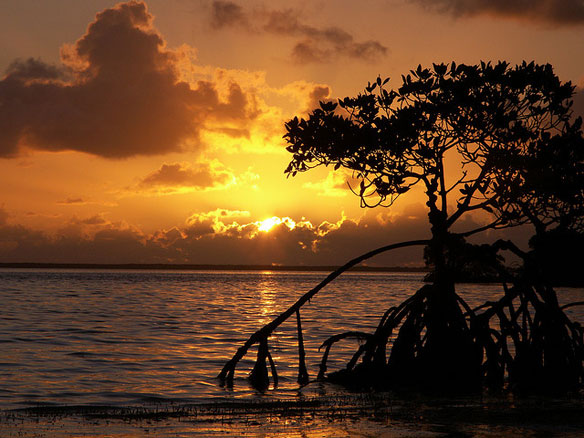
Fewer deep freezes, attributable to Earth’s warming climate, have caused mangrove forests to expand northward in Florida over the past three decades, new research suggests.
Sun Is Not A Key Driver Of Climate Change
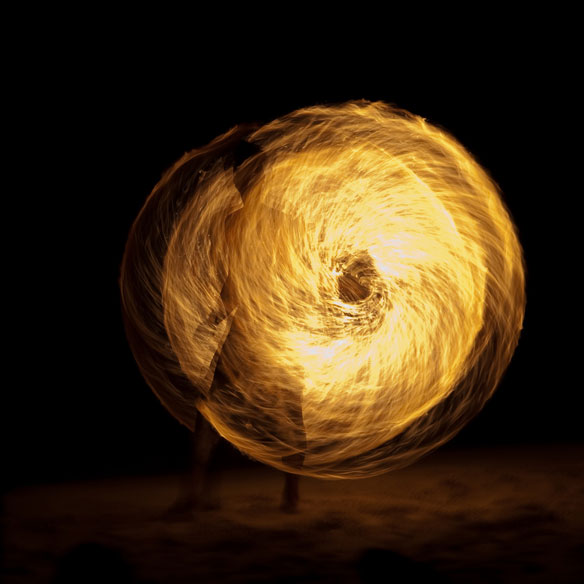
Climate change has not been strongly influenced by variations in heat from the sun, a new scientific study shows.
Documenting The Swift Change Brought By Global Warming

For 25 years, photographer Peter Essick has traveled the world for National Geographic magazine, with many of his recent assignments focusing on the causes and consequences of climate change. In a Yale Environment 360 photo essay, Essick presents some of the images he took in Antarctica, Greenland, and other far-flung locales.
Nevis Embarks on Geothermal Energy Journey

The tiny island of Nevis in the northern region of the Lesser Antilles is one of the few remaining unspoiled places in the Caribbean. It is now seeking to become the greenest, joining a growing list of Caribbean countries pursuing clean geothermal power.
Ozone’s Long Path to Recovery
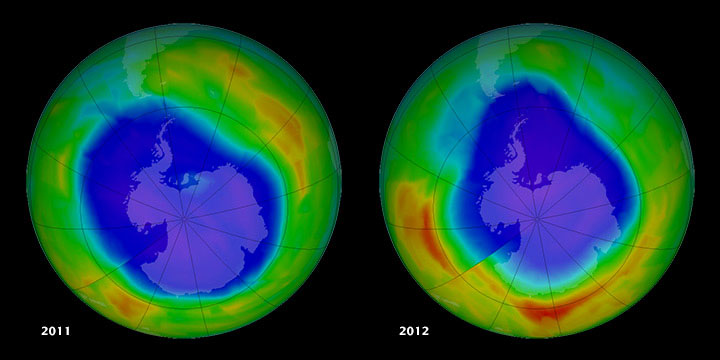
The holes that formed in the ozone layer over Antarctica in 2011 and 2012 are a study in contrasts. The 2011 hole ranked among the ten largest recorded since the 1980s, while the 2012 hole was the second smallest. Why were they so different? Is it a sign that stratospheric ozone is recovering?
4 Degree Temperature Rise Will End Vegetation Carbon Sink
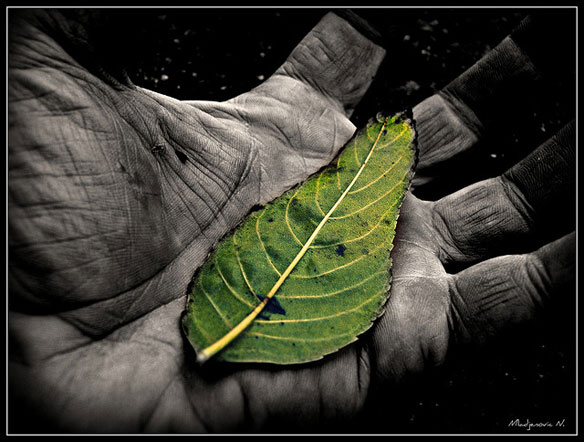
New research suggests that a temperature increase of 4 degrees is likely to “saturate” areas of dense vegetation with carbon, preventing plants from helping to balance CO2 escalation, and consequently accelerating climate change.
Evidence of Mass Extinction Associated With Climate Change 375 Million Years Ago

Researchers have found evidence for catastrophic oceanographic events associated with climate change and a mass extinction 375 million years ago that devastated tropical marine ecosystems.
